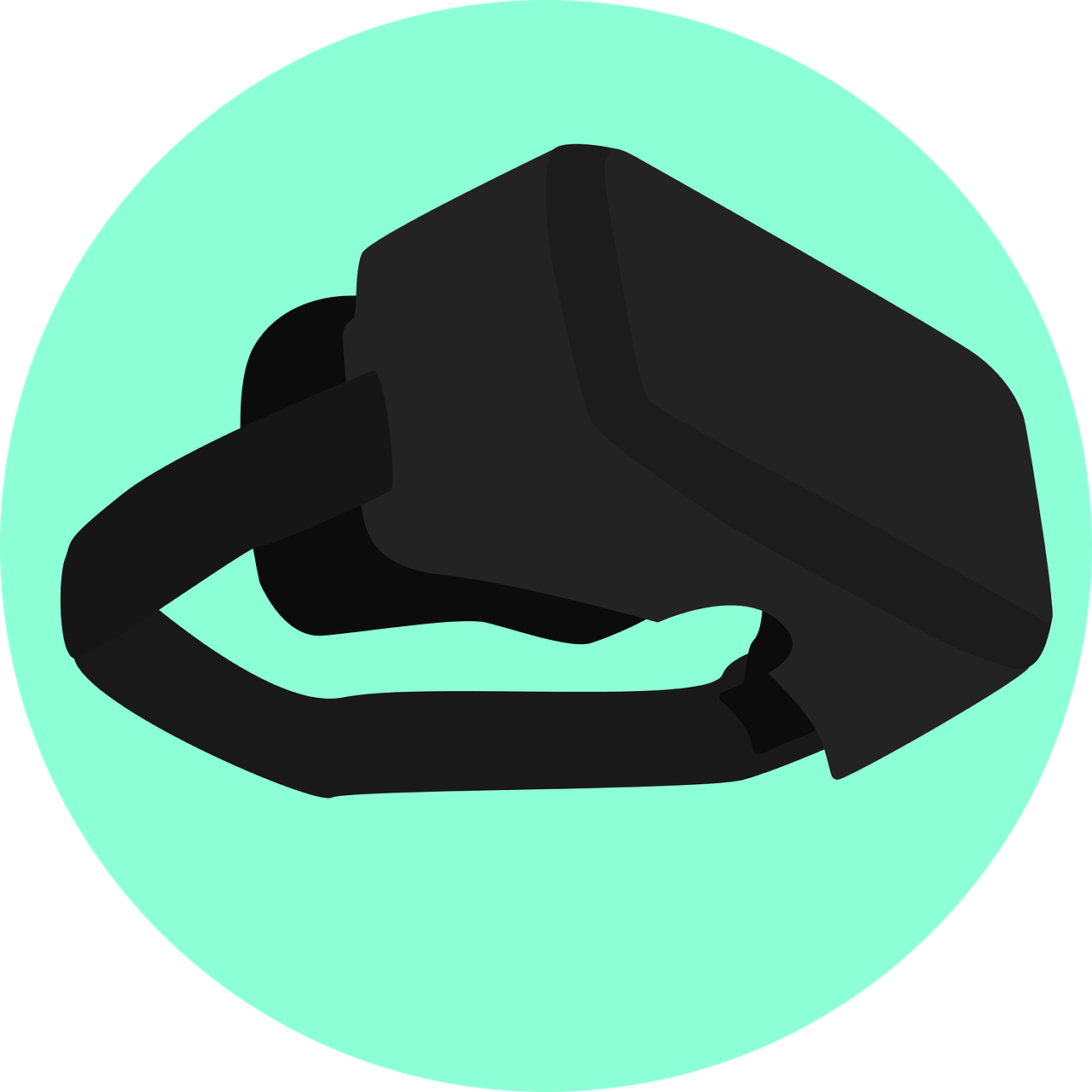As virtual and augmented reality technology advances, tech giant Apple has been working to develop its own AR/VR headset. While the company has yet to announce a release date, rumors and leaks suggest that the device could be coming soon. But with a “scattershot” approach that encompasses a wide range of features, will Apple’s AR/VR headset really take over?
One of the key challenges facing AR/VR headset developers is how to make the technology accessible and user-friendly enough for widespread adoption. And with Apple’s reputation for creating intuitive and user-friendly products, there’s a lot of pressure to get it right.
But according to recent leaks and rumors, Apple’s approach to its AR/VR headset has been anything but straightforward. Instead of focusing on one particular feature or use case, Apple seems to be trying to do a little bit of everything with its headset. For example, leaked documents suggest that the device could include both VR and AR capabilities, as well as hand-tracking and eye-tracking technology, 8K displays, and even the ability to project holograms.
On the one hand, this scattershot approach could be seen as a way to appeal to as wide a range of users as possible. By offering a variety of features and use cases, Apple could be hoping to capture the interest of everyone from gamers to professionals to casual users.
But on the other hand, this approach could also be seen as a potential weakness. By trying to do too much, Apple could end up diluting the overall quality of the product. Users might find that the device is trying to do too many things at once and not excelling at any one particular feature. And with a rumored price tag of around $3,000, consumers will want to be sure they’re getting their money’s worth.
Another potential issue with Apple’s scattershot approach is the level of developer support the device will receive. With so many different features and capabilities, it could be more difficult for developers to create apps and experiences that take full advantage of the device’s potential. This could limit the number and quality of apps available for the device, which could in turn limit its appeal to consumers.
Despite these potential drawbacks, there’s no denying that Apple’s AR/VR headset has the potential to be a game-changer. With Apple’s brand recognition and reputation for quality, the device is sure to generate a lot of interest and buzz. And with the company’s track record of creating innovative and user-friendly products, there’s reason to believe that the device could be a success.
Ultimately, the success of Apple’s AR/VR headset will depend on a number of factors, including the device’s price point, the quality of its features and capabilities, and the level of developer support it receives. But with the scattershot approach that Apple seems to be taking, it’s clear that the company is trying to create a device that appeals to as many users as possible. Whether or not that approach pays off remains to be seen.









